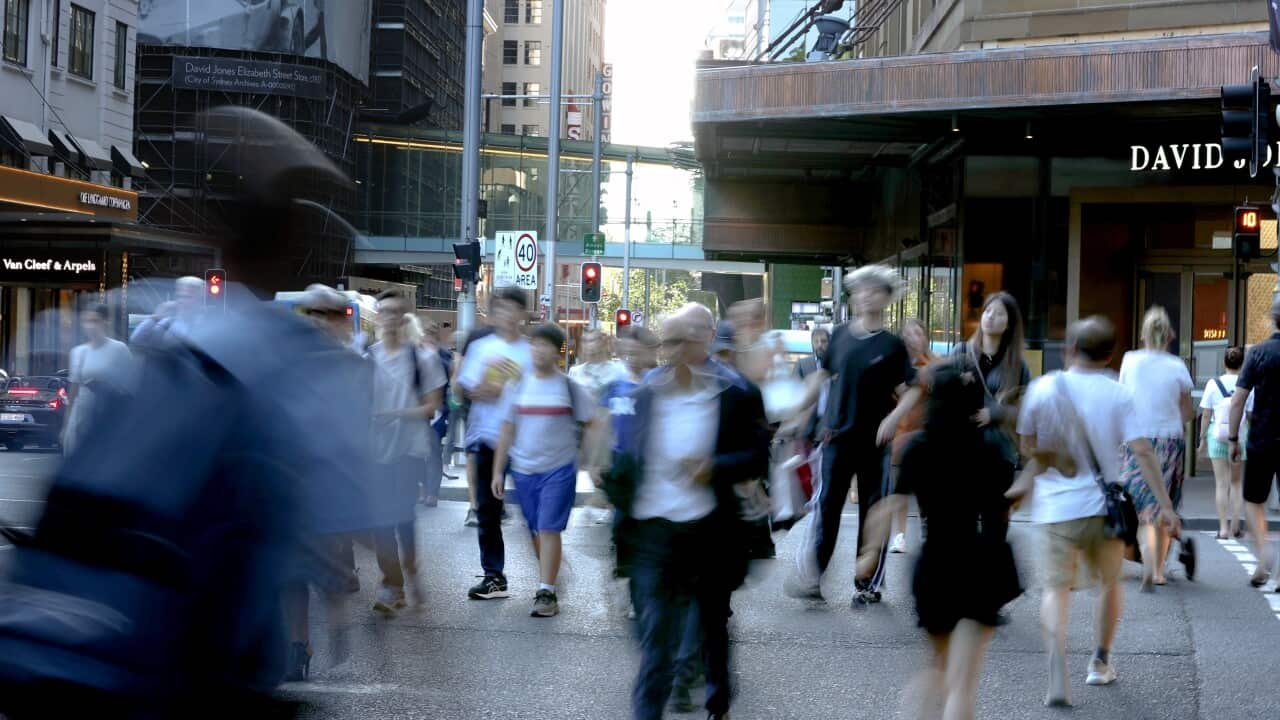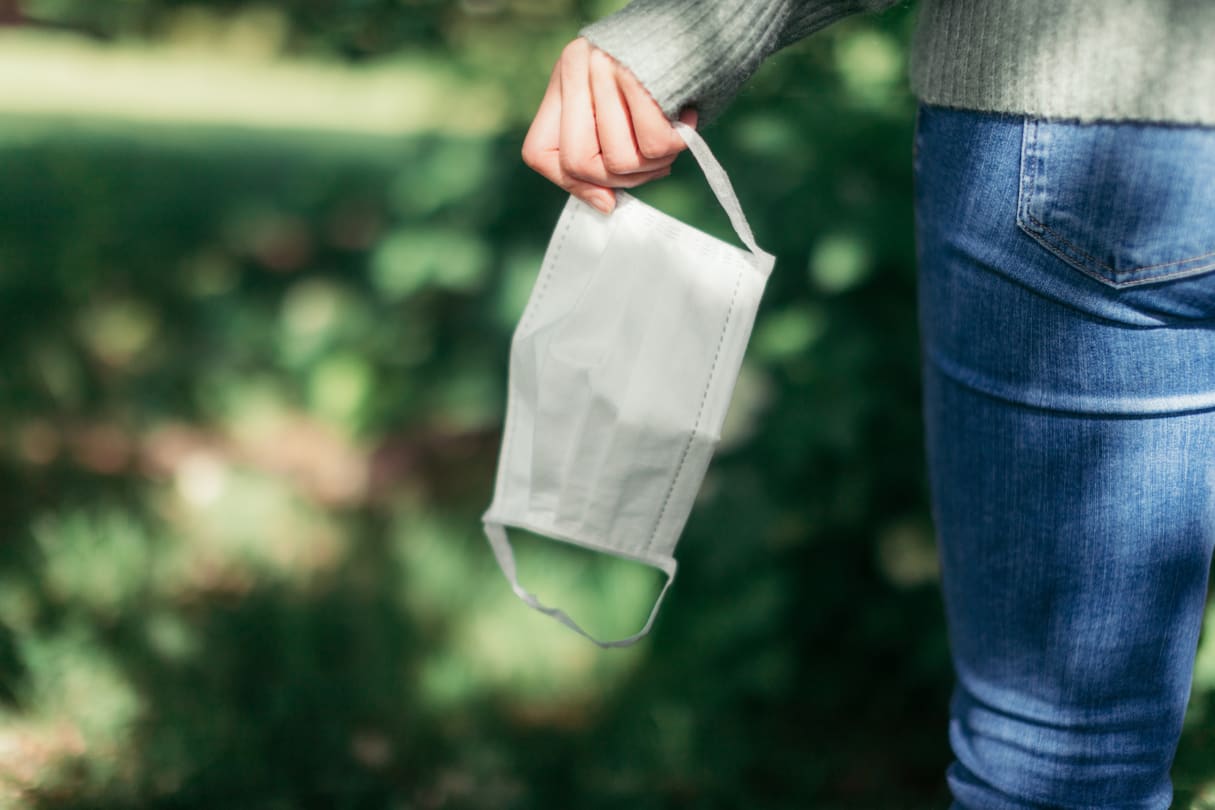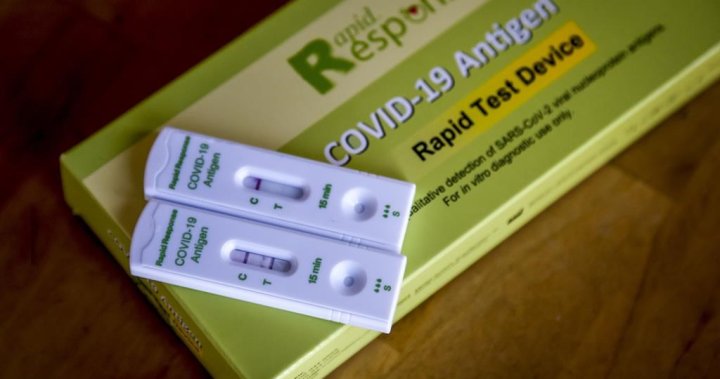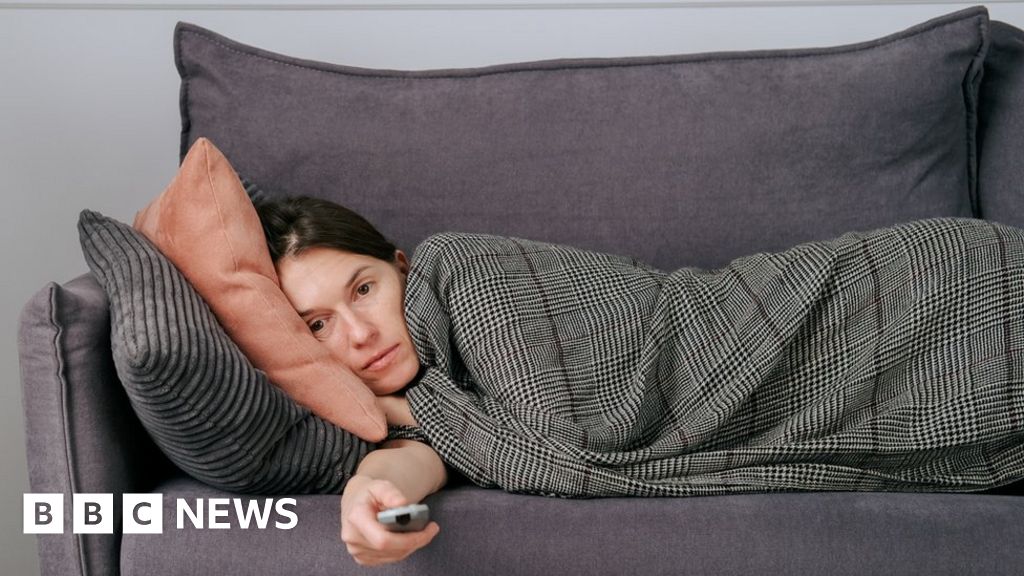From spring break parties to Mardi Gras, many people remember the last major “normal” thing they did before the novel coronavirus pandemic dawned, forcing governments worldwide to issue stay-at-home a

www.columbian.com
Four years after shelter-in-place, COVID-19 misinformation persists
By Kwasi Gyamfi Asiedu, KFF Health News
Published: April 7, 2024, 5:53am
Share:





US President-elect Joe Biden speaks at the Queen Theater after a COVID-19 briefing he held Dec. 29, 2020, in Wilmington, Delaware. (Brendan Smialowski/AFP via Getty Images/TNS)
From spring break parties to Mardi Gras, many people remember the last major “normal” thing they did before the novel coronavirus pandemic dawned, forcing governments worldwide to issue stay-at-home advisories and shutdowns.
Even before the first case of COVID-19 was detected in the U.S., fears and uncertainties helped spur misinformation’s rapid spread. In March 2020, schools closed, employers sent staff to work from home, and grocery stores called for physical distancing to keep people safe. But little halted the flow of misleading claims that sent fact-checkers and public health officials into overdrive.
Some people falsely asserted COVID’s symptoms were associated with 5G wireless technology. Faux cures and untested treatments populated social media and political discourse. Amid uncertainty about the virus’s origins, some people proclaimed COVID didn’t exist at all. PolitiFact named “downplay and denial” about the virus its 2020 “Lie of the Year.”
Four years later, people’s lives are largely free of the extreme public health measures that restricted them early in the pandemic. But COVID misinformation persists, although it’s now centered mostly on vaccines and vaccine-related conspiracy theories.
PolitiFact has published more than 2,000 fact checks related to COVID vaccines alone.
“From a misinformation researcher perspective, [there has been] shifting levels of trust,” said Tara Kirk Sell, a senior scholar at the Johns Hopkins Center for Health Security. “Early on in the pandemic, there was a lot of: ‘This isn’t real,’ fake cures, and then later on, we see more vaccine-focused mis- and disinformation and a more partisan type of disinformation and misinformation.”
Here are some of the most persistent COVID misinformation narratives we see today:
A Loss of Trust in the Vaccines
COVID vaccines were quickly developed, with U.S. patients receiving the first shots in December 2020, 11 months after the first domestic case was detected.
Experts credit the speedy development with helping to save millions of lives and preventing hospitalizations. Researchers at the University of Southern California and Brown University calculated that vaccines saved 2.4 million lives in 141 countries starting from the vaccines’ rollout through August 2021 alone. Centers for Disease Control and Prevention data shows there were 1,164 U.S. deaths provisionally attributed to COVID the week of March 2, down from nearly 26,000 at the pandemic’s height in January 2021, as vaccines were just rolling out.
But on social media and in some public officials’ remarks, misinformation about COVID vaccine efficacy and safety is common. U.S. presidential candidate Robert F. Kennedy Jr. has built his 2024 campaign on a movement that seeks to legitimize conspiracy theories about the vaccines. PolitiFact made that its 2023 “Lie of the Year.”
PolitiFact has seen claims that spike proteins from vaccines are replacing sperm in vaccinated males. (That’s false.) We’ve researched the assertion that vaccines can change your DNA. (That’s misleading and ignores evidence ). Social media posts poked fun at Kansas City Chiefs tight end Travis Kelce for encouraging people to get vaccinated, asserting that the vaccine actually shuts off recipients’ hearts. ( No, it doesn’t. ) And some people pointed to an American Red Cross blood donation questionnaire as evidence that shots are unsafe. (PolitiFact rated that False.)
Experts say this misinformation has real-world effects.
A September 2023 survey by KFF found that 57% of Americans “say they are very or somewhat confident” in COVID vaccines. And those who distrust them are more likely to identify as politically conservative: Thirty-six percent of Republicans compared with 84% of Democrats say they are very or somewhat confident in the vaccine.
Immunization rates for routine vaccines for other conditions have also taken a hit. Measles had been eradicated for more than 20 years in the U.S. but there have been recent outbreaks in states including Florida, Maryland, and Ohio. Florida’s surgeon general has expressed skepticism about vaccines and rejectedguidance from the CDC about how to contain potentially deadly disease spread.
The vaccination rate among kindergartners has declined from 95% in the 2019-20 school year to 93% in 2022-23, according to the CDC. Public health officials have set a 95% vaccination rate target to prevent and reduce the risk of disease outbreaks. The CDC also found exemptions had risen to 3%, the highest rate ever recorded in the U.S.
Unsubstantiated Claims That Vaccines Cause Deaths or Other Illness
PolitiFact has seen repeated and unsubstantiated claims that COVID vaccines have caused mass numbers of deaths.
A recent widely shared post claimed 17 million people had died because of the vaccine, despite contrary evidence from multiple studies and institutions such as the World Health Organization and CDC that the vaccines are safe and help to prevent severe illness and death.
Another online post claimed the booster vaccine had eight strains of HIV and would kill 23% of the population. Vaccine manufacturers publish the ingredient lists; they do not include HIV. People living with HIV were among the people given priority access during early vaccine rollout to protect them from severe illness.
COVID vaccines also have been blamed for causing Alzheimer’s and cancer. Experts have found no evidence the vaccines cause either conditions.
“You had this remarkable scientific or medical accomplishment contrasted with this remarkable rejection of that technology by a significant portion of the American public,” said Paul Offit, director of the Vaccine Education Center at the Children’s Hospital of Philadelphia.
More than three years after vaccines became available, about 70% of Americans have completed a primary series of COVID vaccination, according to CDC figures. About 17% have gotten the most recent bivalent booster.
False claims often pull from and misuse data from the Vaccine Adverse Event Reporting System. The database, run by the CDC and the FDA, allows anybody to report reactions after any vaccine. The reports themselves are unverified, but the database is designed to help researchers find patterns for further investigation.
An October 2023 survey published in November by the Annenberg Public Policy Center at the University of Pennsylvania found 63% of Americans think “it is safer to get the COVID-19 vaccine than the COVID-19 disease” — that was down from 75% in April 2021.
Celebrity Deaths Falsely Attributed to Vaccines
Betty White, Bob Saget, Matthew Perry, and DMX are just a few of the many celebrities whose deaths were falsely linked to the vaccine. The anti-vaccine film “ Died Suddenly “ tried to give credence to false claims that the vaccine causes people to die shortly after receiving it.
Céline Gounder, editor-at-large for public health at KFF Health News and an infectious disease specialist, said these claims proliferate because of two things: cognitive bias and more insidious motivated reasoning.
“It’s like saying ‘I had an ice cream cone and then I died the next day; the ice cream must have killed me,” she said. And those with preexisting beliefs about the vaccine seek to attach sudden deaths to the vaccine.
Gounder experienced this personally when her husband, the celebrated sports journalist Grant Wahl, died while covering the 2022 World Cup in Qatar. Wahl died of a ruptured aortic aneurysm but anti-vaccine accounts falsely linked his death to a COVID vaccine, forcing Gounder to publicly set the record straight.
“It is very clear that this is about harming other people,” said Gounder, who was a guest at United Facts of America in 2023. “And in this case, trying to harm me and my family at a point where we were grieving my husband’s loss. What was important in that moment was to really stand up for my husband, his legacy, and to do what I know he would have wanted me to do, which is to speak the truth and to do so very publicly.”
Out-of-Control Claims About Government Control
False claims that the pandemic was planned by government leaders and those in power abound.
At any given moment, Microsoft Corp. co-founder and philanthropist Bill Gates, World Economic Forum head Klaus Schwab, or Anthony Fauci, former director of the National Institute of Allergy and Infectious Diseases, are blamed for orchestrating pandemic-related threats.
In November, Rep. Matt Rosendale (R-Mont.) falsely claimed Fauci “brought” the virus to his state a year before the pandemic. There is no evidence of that. Gates, according to the narratives, is using dangerous vaccines to push a depopulation agenda. That’s false. And Schwab has not said he has an “agenda” to establish a totalitarian global regime using the coronavirus to depopulate the Earth and reorganize society. That’s part of a conspiracy theory that’s come to be called “ The Great Reset “ that has been debunkedmanytimes.
The United Nations’ World Health Organization is frequently painted as a global force for evil, too, with detractors saying it is using vaccination to control or harm people. But the WHO has not declared that a new pandemic is happening, as some have claimed. Its current pandemic preparedness treaty is in no way positioned to remove human rights protections or restrict freedoms, as one post said. And the organization has not announced plans to deploy troops to corral people and forcibly vaccinate them. The WHO is, however, working on a new treaty to help countries improve coordination in response to future pandemics.
KFF Health News is a national newsroom that produces in-depth journalism about health issues and is one of the core operating programs of KFF — the independent source for health policy research, polling and journalism.


 17%), 633 hospitalised, 9 in ICU
17%), 633 hospitalised, 9 in ICU 17% §); 262 hospitalised
17% §); 262 hospitalised 64%); 144 hospitalised; 6 in ICU
64%); 144 hospitalised; 6 in ICU 3%); 174 hospitalised
3%); 174 hospitalised 18%); 15 hospitalised; 1 in ICU
18%); 15 hospitalised; 1 in ICU 12% §)
12% §) 4%); 23 hospitalised; 1 in ICU
4%); 23 hospitalised; 1 in ICU 12%); 15 hospitalised; 1 in ICU
12%); 15 hospitalised; 1 in ICU 16%); 0 hospitalised
16%); 0 hospitalised



 Printable version
Printable version





















